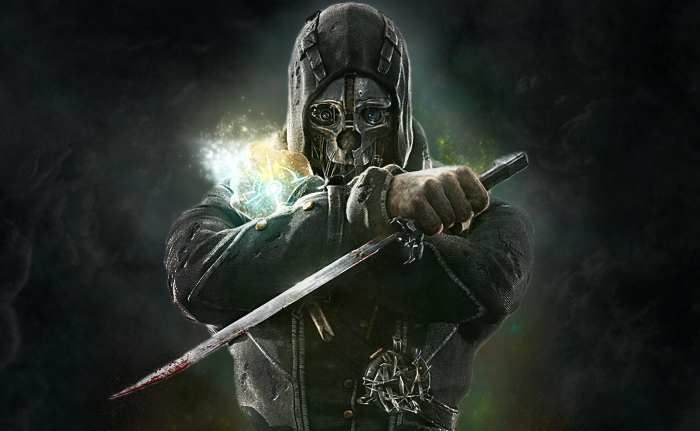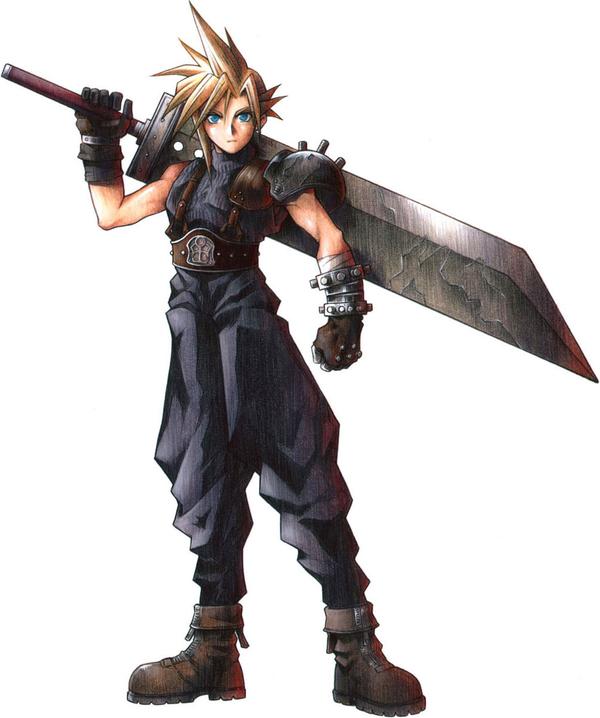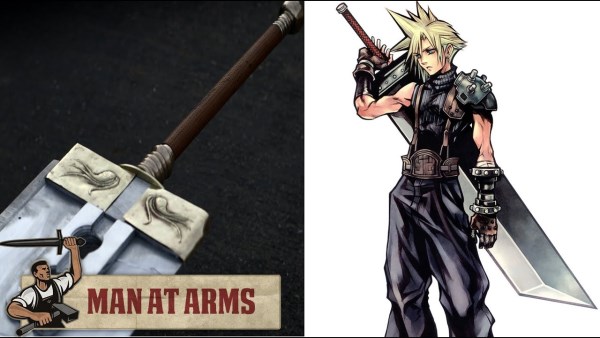Weapon Metallurgy: History and Shoptalk (swords, etc...)
May 10, 2018 9:01:43 GMT -5
Post by kemp on May 10, 2018 9:01:43 GMT -5
I hear terms such as battle ready sword and fantasy sword to describe custom blades and replicas, but to me all swords made these days are basically fantasy swords. That is, fantasy swords in the sense that the swords created now are not made ( for the most part ) to meet the needs of modern warfare. Of course there are corners of the world where swords might be an accoutrement in say local warfare, or short bladed swords ( mostly bayonets ) issued in some armies, the British have used fixed bayonets to charge the enemy in a close proximity skirmish in Afghanistan, but for the most part swords are obsolete, or at least semi retired in a general sense until and if future circumstances change.
The situation was different centuries ago when sword makers where engaged in a kind of arms race with armourers, the swordsmiths created swords used to cut lightly armoured opponents, and swords with a strong tapered point to get through the gaps of heavily armoured Knights and warriors, and of course sometimes a heavy bludgeoning weapon was the best thing to use to pound against the Knight. On the other side of the ‘arms race’ armourers created armour to withstand attack by bladed weapons.
Off the battlefield swords were created for civilian use, that is, swords for duelling and self defence in a time when the sword wielder did not have to contend with opponents armed with guns.
Once firearms were perfected ( revolvers as opposed to flintlocks ) they replaced swords/axes/pikes/etc in both civilian and military use, and of course the argument can be made that polearms and swords were already being phased out as early as the middle of the 1600’s with the widespread use of Matchlock muskets.
I call modern swords fantasy swords for the simple fact that they are not created as ‘living’ weapons to meet some modern fighting requirement, but made for the historical considerations,to basically satisfy some need of the owner that likes to own something ‘that could have been used’ type of thing.
Many of these swords are neo historical and are close replicas of original antiques and or styles, and may have served adequately in certain eras, other modern swords are pure works of art and fiction, proportioned poorly and may have fittings that actually disadvantage the user of the blade in combat.
An example of a modern issue combat sword is the ginunting, the official combat sword of the Philippine Marines, carried in both jungle and maritime environments.
The Filipino Marines specifically train in the art of Pekiti Tirsia Kali. Pekiti Tirsia is a blade based fighting style that focuses on footwork, attack angles and targeted attacks.


The situation was different centuries ago when sword makers where engaged in a kind of arms race with armourers, the swordsmiths created swords used to cut lightly armoured opponents, and swords with a strong tapered point to get through the gaps of heavily armoured Knights and warriors, and of course sometimes a heavy bludgeoning weapon was the best thing to use to pound against the Knight. On the other side of the ‘arms race’ armourers created armour to withstand attack by bladed weapons.
Off the battlefield swords were created for civilian use, that is, swords for duelling and self defence in a time when the sword wielder did not have to contend with opponents armed with guns.
Once firearms were perfected ( revolvers as opposed to flintlocks ) they replaced swords/axes/pikes/etc in both civilian and military use, and of course the argument can be made that polearms and swords were already being phased out as early as the middle of the 1600’s with the widespread use of Matchlock muskets.
I call modern swords fantasy swords for the simple fact that they are not created as ‘living’ weapons to meet some modern fighting requirement, but made for the historical considerations,to basically satisfy some need of the owner that likes to own something ‘that could have been used’ type of thing.
Many of these swords are neo historical and are close replicas of original antiques and or styles, and may have served adequately in certain eras, other modern swords are pure works of art and fiction, proportioned poorly and may have fittings that actually disadvantage the user of the blade in combat.
An example of a modern issue combat sword is the ginunting, the official combat sword of the Philippine Marines, carried in both jungle and maritime environments.
The Filipino Marines specifically train in the art of Pekiti Tirsia Kali. Pekiti Tirsia is a blade based fighting style that focuses on footwork, attack angles and targeted attacks.


















